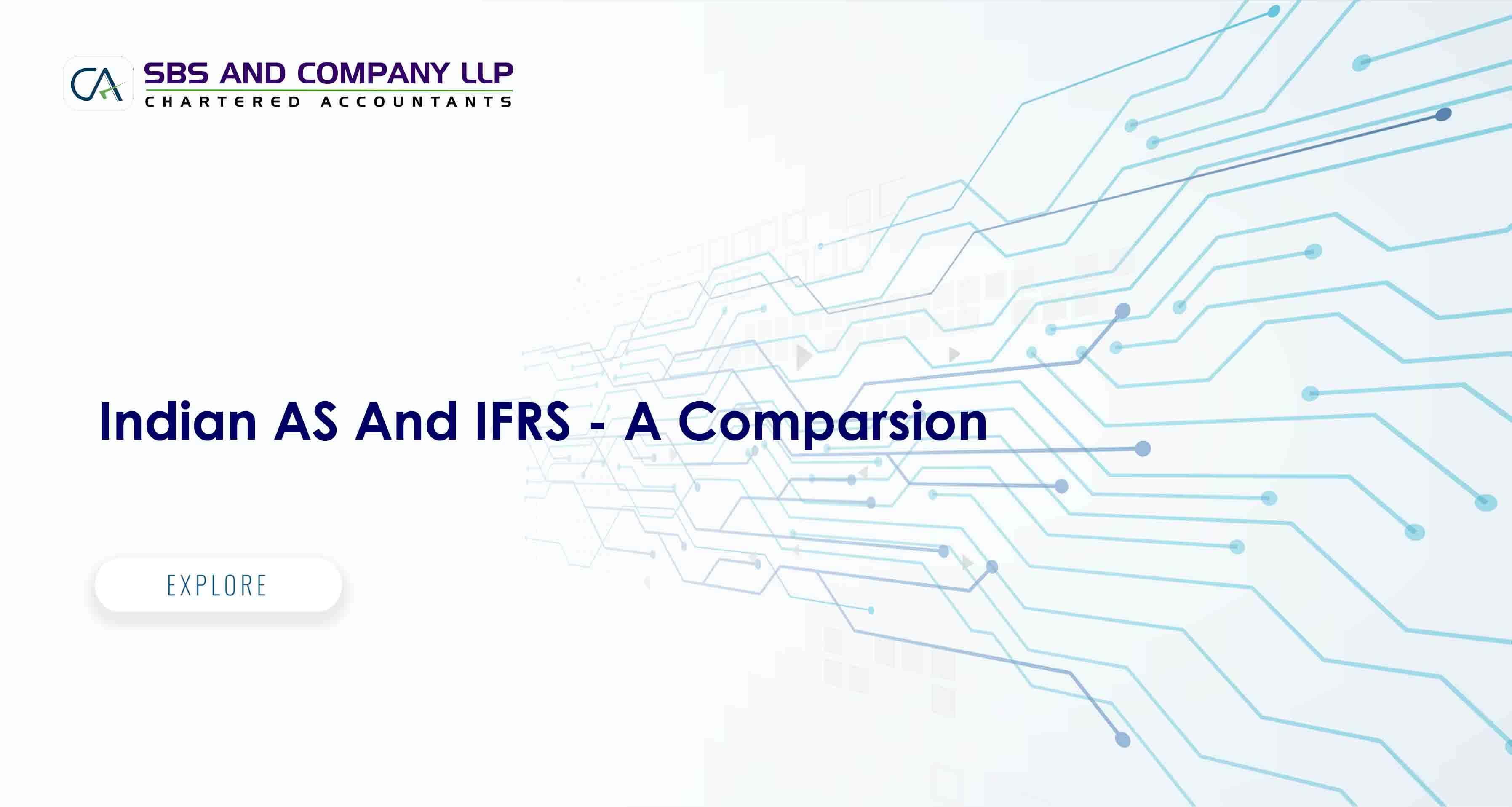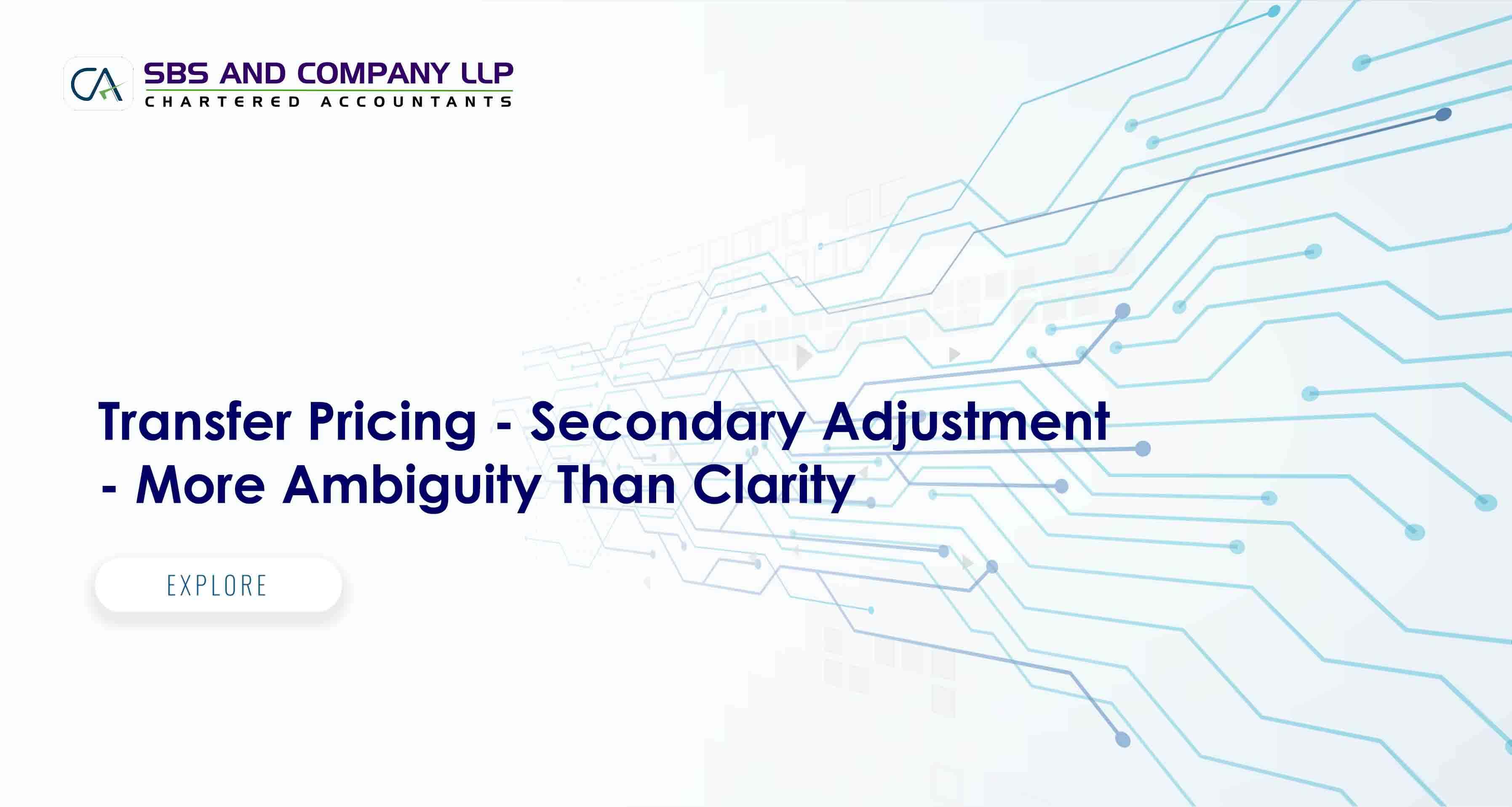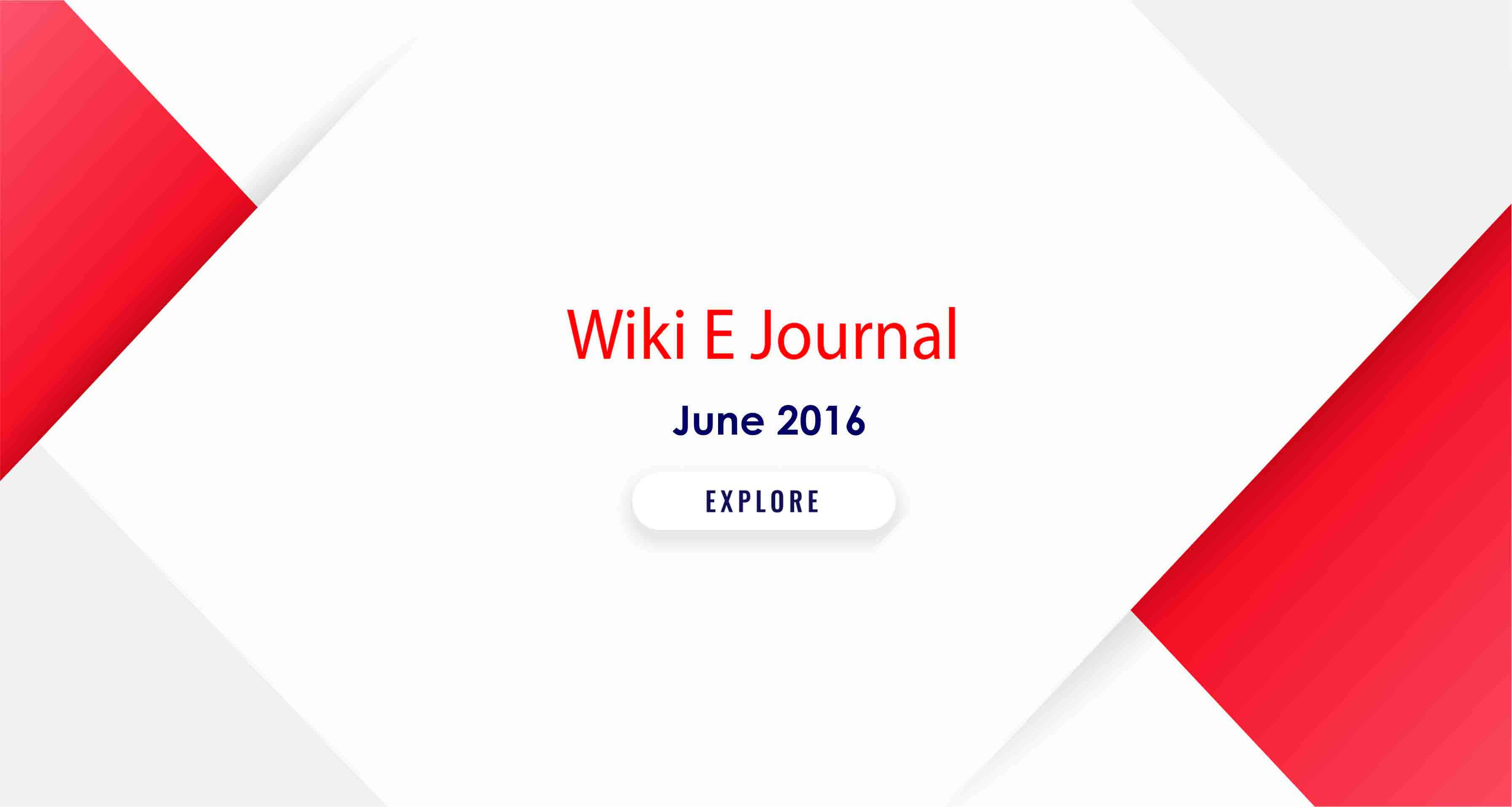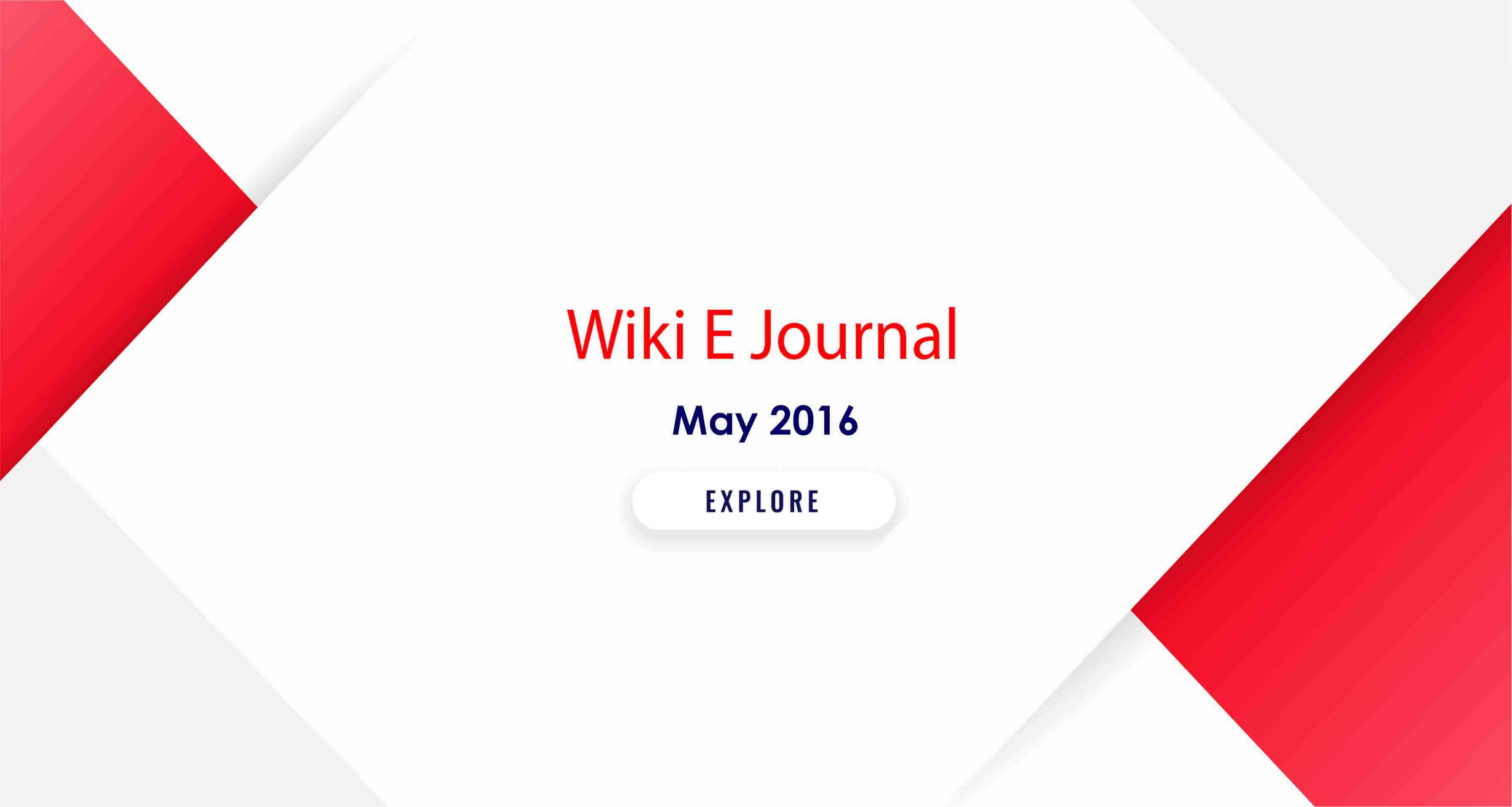India has chosen the path of IFRS convergence and not adoption. Though Ind AS has come a long way and is now quite close to IFRS, certain differences between the IFRS and Ind AS still remain. We call them carve-outs or carve-ins. International Financial Reporting Standards (IFRS) are principal based standards, Interpretations and the framework adopted by the IASB (International Accounting Standard Board). India being member country is bound to adopt these standards. Any changes in IFRS would have impact on the on the books of Indian companies to bridge the gap Company Law Board suggested for solution through IND AS which is nothing but IFRS. The benefit of these standards isthat any changes in IFRS would not impact IND AS directly.
The carve outs/ins in some key areas are summarized below:
Presentation
Under Ind AS, the breach of a material provision of a long- term loan will be classified as current except where before the approval of the financial statements for issue, the lender had agreed not to demand payment as a consequence of the breach. A similar exemption is unavailable in IFRS. Consequently, adjusting events under Ind AS 10 has been modified to include events where the lender had agreed to not demand payment as a consequence of the breach of material provision of a long-term loan, before the approval of the financial statement for issue.
The option to present other comprehensive income in a separate statement is not available under Ind AS. Accordingly, only one statement comprising both profit or loss and other comprehensive income will be presented. The single statement approach requires all items of income and expense to be recognised in the statement of comprehensive income, while the two-statement approach requires two statements to be prepared, one displaying components of profit or loss (separate income statement) and the other beginning with profit or loss and displaying components of other comprehensive income. IFRS provides an option eitherto follow the single-statement approach or to follow the two- statement approach.
Ind AS also does not allow the presentation of expenses by function; only the classification of expense by ‘nature’ is permitted. Under IFRS, this is a policy election.
IFRS allows the option to present inflows and outflows of interest and dividends in the operating activities section of the cash flow statement. Ind AS does not have this option for non-financial entities. Interest and divided inflows and outflows are required to be reported in the investing and financing sections of the cash flow statement respectively.
Under IFRS, EPS is not required in separate financial statements if both consolidated and separate financial statements are presented. Under Ind AS, the disclosure of EPS is required in both consolidated as well as separate financial statements.
Under Ind AS, where any item of income and expense, which is otherwise required to be recognised in profit or loss in accordance with Ind AS, is debited or credited to the securities premium account or other reserves, the amount in respect thereof shall be deducted from profit or loss from continuing operations for the purpose of calculating EPS. There is no such provision in IFRS.
Acquisitions:
Under IFRS, the bargain purchase gain or negative goodwill arising on business combinations is recognised in profit or loss. Under Ind AS, the bargain purchase gain can be recognised either in other comprehensive income or capital reserve but not in profit or loss. Similar to business combination, bargain purchase gain on the acquisition of an associate is also not recognised in profit or loss.
Under Ind AS, common control transactions are to be accounted based only on the book values of assets and liabilities. IFRS also allows a fair value option.
Leases:
Under Ind AS, where the escalation of operating lease rentals is in line with the expected general inflation so as to compensate the lessor for expected inflationary cost, rentals are not required to be recognised as an expense on a straight- line basis. Under IFRS, this is considered contingent rent if linked to the index.
Derivatives:
Ind AS introduces an exception to the IFRS definition of a ‘financial liability’. Ind AS classifies a conversion option embedded in a convertible bond denominated in a foreign currency as an equity instrument if it entitles the holder to acquire a fixed number of the entity’s own equity instruments for a fixed amount of cash, and the exercise price is fixed in any currency. This is not provided in IFRS. Therefore, it will not be required to be fair valued at each balance sheet date under Ind AS. Under IFRS, this conversion option is treated as a derivative liability. This is one of the most significant differences between Ind AS and IFRS.
Property, Plant and Equipment:
Under Ind AS, investment property is to be accounted using only the cost model, with the disclosure of fair value. Under IFRS, both cost and fair value options of accounting are available.
IFRS permits the treatment of property interest held in an operating lease to be classified as investment property, if the definition of investment property is otherwise met and a fair value model is applied. In such cases, the operating lease will be accounted as if it were a finance lease. However, there is no such option under Ind AS.
Government Grants:
IFRS gives an option to measure non-monetary government grants related to assets (tangible and intangible) either at their fair value or at nominal value. Ind AS requires the measurement of such grants only at their fair value.
IFRS gives an option to present the grants related to assets either by setting up the grant as deferred income or by deducting the grant in arriving at the carrying amount of the asset. Ind AS requires the presentation of such grants in the balance sheet as deferred income.
Related Parties:
Under IFRS, certain relationships are specifically mentioned and considered to meet the definition of close members of the family of a person. These relationships are expanded in Ind AS to include brother, sister, father and mother of a person.
Under Ind AS, the related-party disclosures do not apply where providing such disclosures will conflict with the entity’s duties of confidentiality provided under a statute or by a regulator or similar competent authority. IFRS does not provide such an exemption.
Associates:
When it is impracticable, Ind AS 28 allows the exemption from use of uniform accounting policies to perform equity method accounting of associates. IFRS does not allow this option.
Others:
Under IFRS, standards on segment information and EPS are applicable to only those companies which are listed or are in the process of being listed. Ind AS does not provide any such exemption for the applicability of standards. In the absence of any exemption under the Companies Act, 2013, and the rules made thereunder, all companies applying Ind AS will have to apply standards on segment information and EPS.
Companies will need to carefully evaluate the Ind AS transition provisions and accounting policy elections, in case they wish to bring their Ind AS financial information closer to IFRS. This may be more important for those entities planning international fund raising or listing, as they may require IFRS compliant financial statements for that purpose.








